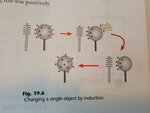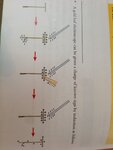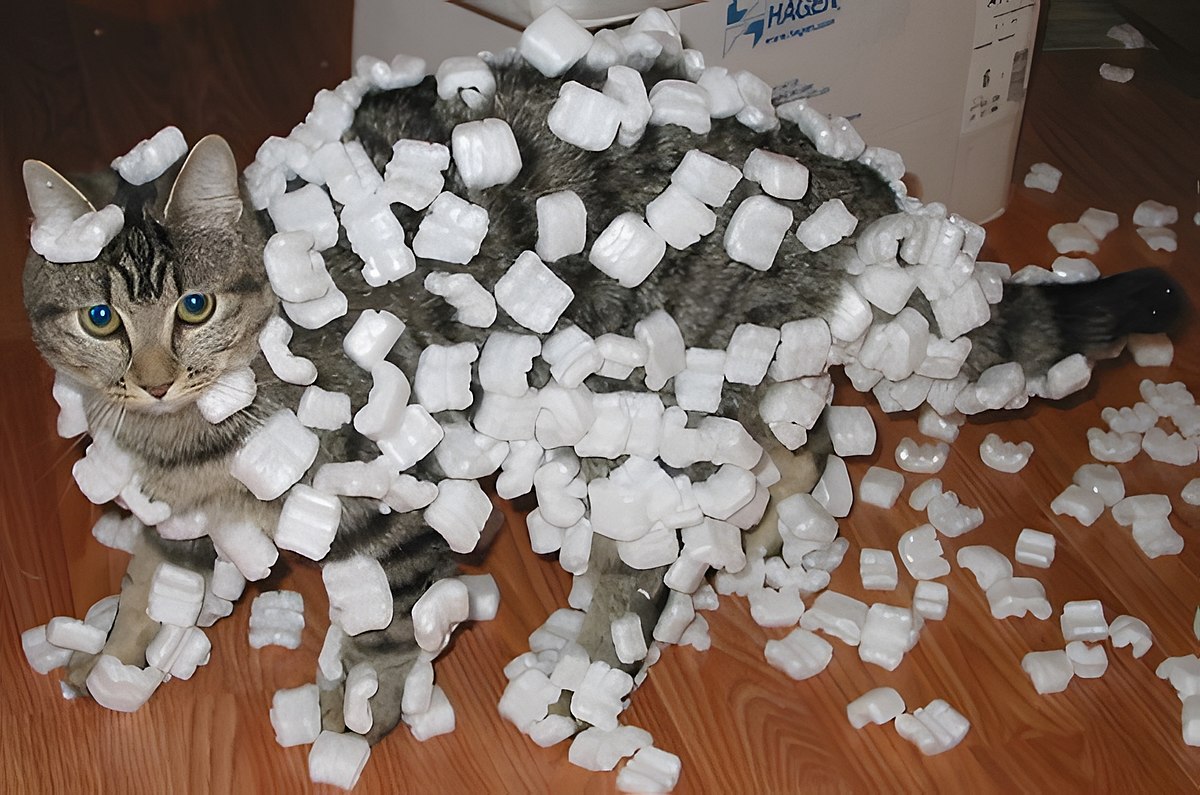Take me to the Pilot
Newbie
Hi, I'm new here. An absolute beginner who intends to learn about electronics with a bottom up approach... hence my starting with static electricity.
1) Firstly, I've a question about charging by contact. I get that different objects hold on to their electrons with different degrees of attraction, but when it comes to the cloth and rod I still don't get why a cloth can gain/lose electrons assuming both the cloth and rod are neutral in the first place. Assuming both items are neutral to start out with, why does a rod (whether it be cellulose acetate or polythene) become charged. I get why it would happen if the cloth already had a charge, but the cloth doesn't have any charge. Is it just due to the friction?
2) And Why is the cellulose acetate rod the one that becomes positive, with the polythene rod becoming negative?
3) The first image attached here shows charging an object by induction to make it positively charged. I'm wondering how would you draw the same diagram to charge the sphere negatively? It's hard to imagine What would happen when the finger would touch it because it's only negative charge can actually move? In this case the finger will touch the side of the sphere with the positive charge! The positive charge can't move in this case. Only the negative charge can move, and I don't see why it would want to given that the +ve charge would be in it's way.

4) I have the same confusion regarding the middle diagram in the second attached image. It shows the charging of a gold leaf electroscope. But how do the electrons get through the positive charge at the metal cap?

5) What if you charge a gold leaf electroscope, and then touch the cap of it with an insulator (that has the opposite charged to have the opposite charge to the gold leaf electroscope)? What happens?
6) And the last question - how do you charge an insulator? If electrons cannot move within insulators then how can they be charged? How is it possible to induce a piece of paper (with pen) if it's an insulator?
1) Firstly, I've a question about charging by contact. I get that different objects hold on to their electrons with different degrees of attraction, but when it comes to the cloth and rod I still don't get why a cloth can gain/lose electrons assuming both the cloth and rod are neutral in the first place. Assuming both items are neutral to start out with, why does a rod (whether it be cellulose acetate or polythene) become charged. I get why it would happen if the cloth already had a charge, but the cloth doesn't have any charge. Is it just due to the friction?
2) And Why is the cellulose acetate rod the one that becomes positive, with the polythene rod becoming negative?
3) The first image attached here shows charging an object by induction to make it positively charged. I'm wondering how would you draw the same diagram to charge the sphere negatively? It's hard to imagine What would happen when the finger would touch it because it's only negative charge can actually move? In this case the finger will touch the side of the sphere with the positive charge! The positive charge can't move in this case. Only the negative charge can move, and I don't see why it would want to given that the +ve charge would be in it's way.

4) I have the same confusion regarding the middle diagram in the second attached image. It shows the charging of a gold leaf electroscope. But how do the electrons get through the positive charge at the metal cap?

5) What if you charge a gold leaf electroscope, and then touch the cap of it with an insulator (that has the opposite charged to have the opposite charge to the gold leaf electroscope)? What happens?
6) And the last question - how do you charge an insulator? If electrons cannot move within insulators then how can they be charged? How is it possible to induce a piece of paper (with pen) if it's an insulator?
Last edited:
